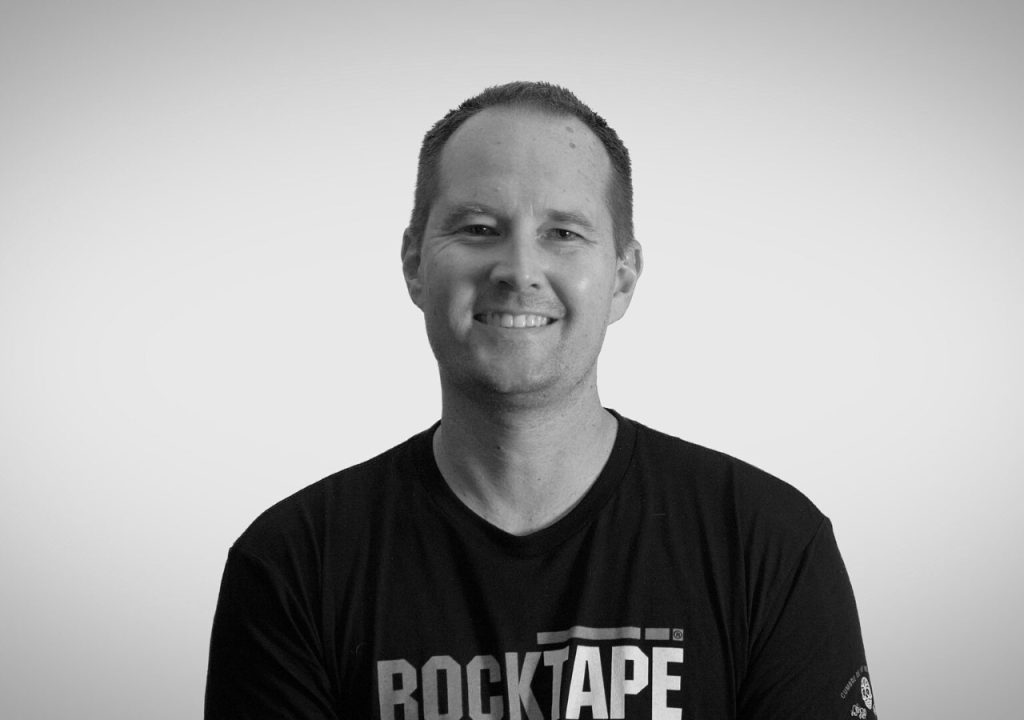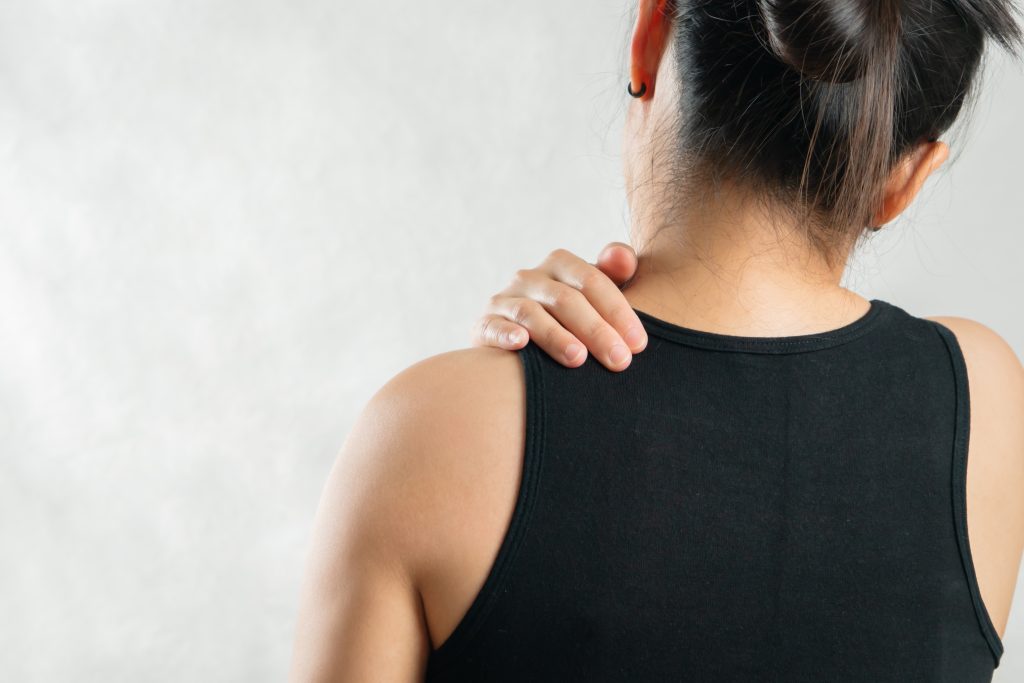Sponsored by RockTape.
CUPPING IS ONE OF THE FAVORITE TOOLS of movement and sports physical therapists and is increasingly in use with chiropractors working in multidisciplinary clinics.
“Cupping quickly relaxes muscles and connective tissue when applied in between vertebrae,” writes Phil McCary, DC. “These tiny tissues are not always easily accessible by traditional massage therapy techniques making cupping a great addition to any treatment. Cupping is just one of the many techniques and can be included with any massage therapy, chiropractic and acupuncture appointment.”
As a ROCKTAPE FMT and RockPods cupping instructor, I teach many concepts, but dynamic cupping is one of the best techniques, where an additional application is made of an internal glide or an external glide:
- Internal glide is when the massage client is moving underneath the cupping application.
- External glide describes the cup moving or pulling the tissue while the client is static.
Both of these strategies restore myofascial glide or myofascial release between fascial layers, with evidence that improving the glide of the superficial fascia on the deep fascial layer has benefits in pain reduction and increases movement. Internal glide is my preferred technique.
Learning through movement
The body is made to move, and through movement the body learns and adapts more rapidly – doing rather than hearing about something.
As the saying goes, “People may retain 10% of the information they hear, but if they teach it, this demonstrates the complete knowledge of the subject.” The same seems to be true for the body and movement. As opposed to doing something to the client, when the person moves themselves the quality of the movement and the mobility is heightened.
Internal glide
This is the preferred strategy when the client has mild pain or a mild mobility deficit and needs to restore myofascial tissue glide. Internal glide can be placing pods on a client’s low back while they are positioned in quadruped, then have them rock back into a child’s pose position or a cat-cow maneuver.
As the client moves, the cups/pods hold the skin taught at the surface and the fascial layers below the surface will have to glide underneath, with the intent of holding the superficial fascial layer through the pod. This movement then causes the deep fascial layer underneath it to move. The shear between these two layers is what yields the results. This concept is most commonly used around the low back, knee and shoulder, where movement is often restricted by muscle tightness or soft tissue limitations.
External glide
External glide is best described as the practitioner moving the pods or cups on the client, where the cups can slide on the skin’s surface, creating a rolling skin and lifting effect. The cups can also be pulled in different directions while stable, like a handle pulling on the skin, causing shearing of the superficial layer on the deep layer.
Scars or tissue with adhesions limiting motion is where these strategies work well, allowing the practitioner to:
- Assess the direction of the restriction by pulling on the cup
- Allowing the practitioner to mobilize the restriction in any direction

Internal glide is when the massage client is moving underneath the cupping application. External glide describes the cup moving or pulling the tissue while the client is static. Courtesy of Tony Mikla.
RockPods Glide sliding cups
Enhanced dynamic cupping benefits are provided by the new RockPods Glide sliding cups, which further improve the slide and glide of soft tissue to treat mobility and movement dysfunctions.
This ability to customize the angle of pull can provide excellent results for gaining tissue mobility and range of motion, eliciting lasting changes for the client and improving their overall functional ability.
TONY MIKLA, DPT, MSTP, CSCS, is a sports physical therapist, performance coach and researcher who works with ROCKTAPE (rocktape.com). He speaks and teaches nationally on sports physical therapy, and previously served as the physical therapy manager at EXOS, as the medical director for the Sacramento Sports Commission, and as adjunct faculty in physical therapy at Sacramento State and Northern Arizona universities.










